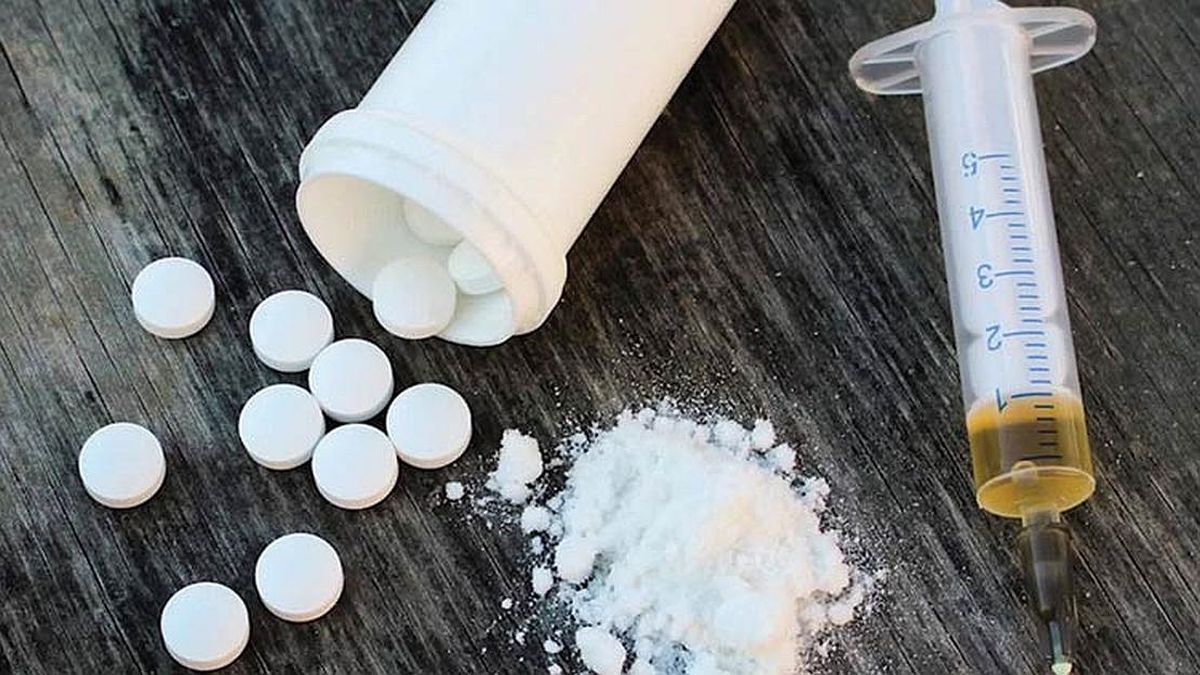Chainalysis, the blockchain analysis platform presented a report on the role of cryptocurrencies in the sale of fentanyl around the world. The company analyzed the activity of crypto addresses associated with chemical stores suspected of selling fentanyl precursorssome of which come from stores implicated in recent criminal cases, and the current role of darknet marketplaces in the sale of fentanyl.
To analyze patterns at scale, Chainalysis identified cryptocurrency addresses associated with suspected China-based sellers of fentanyl precursors. These addresses received more than 37.8 million dollars in cryptocurrencies since 2018. Latin America, North America, Europe and Asia exhibit a high degree of exposure to these suspicious chemical store addresses.
According to the report, “despite the traceability of the cryptocurrency, Illicit actors involved in the sale of fentanyl and fentanyl precursor chemicals are often attracted to cryptocurrencies due to their near-instantaneous, cross-border, and pseudonymous characteristics. Many drug traffickers use cryptocurrency to evade law enforcement, thus facilitating the current opioid epidemic in the United States and other drug crises around the world.”
Crypto and opioids: the dark business in blockchain
China is home to the world’s largest chemical industry by revenue since 2011. A 2020 Drug Enforcement Administration (DEA) intelligence report cited China as the top producer of fentanyl precursors in 2019. The DEA observed a pattern of fentanyl production in which precursor chemicals are illegally shipped to Latin America, where they are used to make fentanyl, which is then transported to the United States for sale.
Using data from the United States Customs and Border Protection, Chainalysis found that chain flows to suspicious chemical store addresses correlate with fentanyl seizures at the US-Mexico bordersuggesting that cryptocurrency-based transactions associated with fentanyl production match regional patterns previously identified by the DEA.
“Darknet marketplaces also continue to facilitate the global distribution of fentanyl and its related substances. Their on-chain activity may provide useful insights into cryptocurrency-related opiate trafficking,” the report stated.
Sale of fentanyl on dark web markets
Darknet market activity can also provide useful information on fentanyl trafficking patterns. Sellers and customers of these platforms have historically used cryptocurrencies for drug transactions.
Darknet market transaction volumes – excluding Hydra, the Russia-based mass market that was shut down by security forces in 2022 – increased between June 2011 and March 2023. The significant decrease in inflows in 2017 is due to the closure of AlphaBay and Hansa. After this, the value was relatively stable rising towards the end of 2022 reaching new all-time highs of almost $150 million.
Most darknet marketplaces explicitly ban fentanyl products on their platforms to avoid attracting the attention of US law enforcement.
In any case, many seemingly compliant vendors find a way around fentanyl bans by naming fentanyl products with certain keywords or phrases known to the community. Darknet marketplaces are often complicit in these sales and do not ban all sellers.
The growth in inflows into darknet markets, combined with the relative ease with which sellers circumvent nominal bans on the sale of fentanyl, highlights the ongoing importance of government and police surveillance.
“All the conclusions of our analysis point in the same direction: that the sale of fentanyl through cryptocurrency occurs on a large scale. With the right tools and training, law enforcement can police fentanyl sales, identify criminals, reduce drug trafficking in the United States, and build strong cases for juries—all through the lens of using the cryptocurrency. Ideally, these resources will help manage the opioid crisis and create a safer environment for citizens around the world,” the report concluded.
Source: Ambito
I am a 24-year-old writer and journalist who has been working in the news industry for the past two years. I write primarily about market news, so if you’re looking for insights into what’s going on in the stock market or economic indicators, you’ve come to the right place. I also dabble in writing articles on lifestyle trends and pop culture news.




